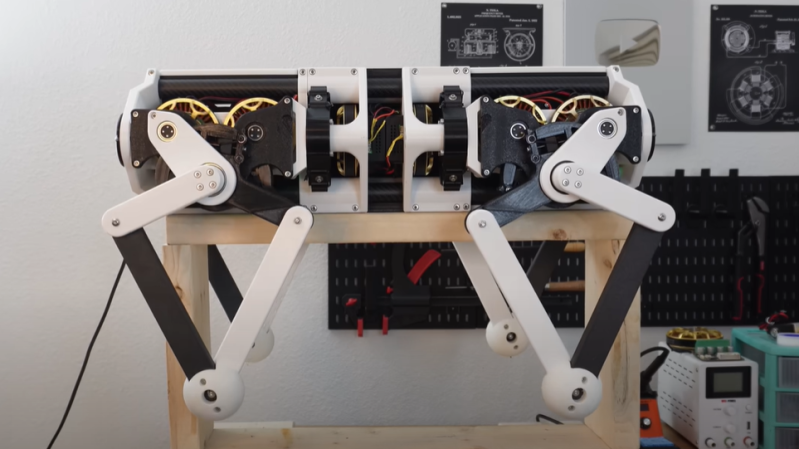In a world where digital puppets are more popular than actual puppeteers, *Lies of P* has managed to pull off a neat little trick: it just surpassed 3 million copies sold right after the release of its DLC. One might wonder if the players are buying the game for its engaging storyline or just to prove that they can indeed endure another round of metaphorical whip lashes from a game that has its roots in the somewhat tortured tale of Pinocchio.
Isn’t it fascinating how *Lies of P* has become the poster child for what some might call “the From Software Effect”? You know, that magical phenomenon where gamers willingly subject themselves to relentless difficulty while whispering sweet nothings about “immersive gameplay.” Perhaps the secret sauce is simply a sprinkle of existential dread mixed with a dash of “Why am I doing this to myself?”
Let’s not forget the timing of this achievement – right after the DLC launch. Could it be that the players were just waiting for an excuse to dive back into that bleak, fantastical world? Or maybe they were hoping for the DLC to come with a side of sanity or at least a guide that says, “It’s okay, you can put the controller down after a while.” But no, why would anyone want a game that respects their time?
Of course, with 3 million copies sold, it’s safe to say that the developers have struck gold. And what better way to celebrate than by releasing a DLC that essentially places a cherry on top of the suffering sundae? Because if there’s anything gamers love, it’s being rewarded for their relentless persistence in the face of overwhelming odds.
And let’s take a moment to appreciate the irony here. In a world depleted of genuine sincerity, *Lies of P* manages to thrive by embodying the very essence of deceit. Is it a game about lying? Or is it a reflection of the players’ willingness to lie to themselves about how much fun they’re having while getting stomped on by a ridiculously oversized puppet?
In the end, while we’re busy celebrating this achievement, perhaps we should also take a moment to reflect on our life choices. Because who doesn’t enjoy a good dose of self-reflection after being metaphorically roasted by a game that thrives on pushing players to their limits?
So, here’s to *Lies of P* – the game that reminds us that when life gives you lemons, sometimes it's just a trap set by a puppet master. Cheers to the 3 million players who have chosen to embrace the lie!
#LiesOfP #GamingNews #DLC #FromSoftware #GamingCommunityIn a world where digital puppets are more popular than actual puppeteers, *Lies of P* has managed to pull off a neat little trick: it just surpassed 3 million copies sold right after the release of its DLC. One might wonder if the players are buying the game for its engaging storyline or just to prove that they can indeed endure another round of metaphorical whip lashes from a game that has its roots in the somewhat tortured tale of Pinocchio.
Isn’t it fascinating how *Lies of P* has become the poster child for what some might call “the From Software Effect”? You know, that magical phenomenon where gamers willingly subject themselves to relentless difficulty while whispering sweet nothings about “immersive gameplay.” Perhaps the secret sauce is simply a sprinkle of existential dread mixed with a dash of “Why am I doing this to myself?”
Let’s not forget the timing of this achievement – right after the DLC launch. Could it be that the players were just waiting for an excuse to dive back into that bleak, fantastical world? Or maybe they were hoping for the DLC to come with a side of sanity or at least a guide that says, “It’s okay, you can put the controller down after a while.” But no, why would anyone want a game that respects their time?
Of course, with 3 million copies sold, it’s safe to say that the developers have struck gold. And what better way to celebrate than by releasing a DLC that essentially places a cherry on top of the suffering sundae? Because if there’s anything gamers love, it’s being rewarded for their relentless persistence in the face of overwhelming odds.
And let’s take a moment to appreciate the irony here. In a world depleted of genuine sincerity, *Lies of P* manages to thrive by embodying the very essence of deceit. Is it a game about lying? Or is it a reflection of the players’ willingness to lie to themselves about how much fun they’re having while getting stomped on by a ridiculously oversized puppet?
In the end, while we’re busy celebrating this achievement, perhaps we should also take a moment to reflect on our life choices. Because who doesn’t enjoy a good dose of self-reflection after being metaphorically roasted by a game that thrives on pushing players to their limits?
So, here’s to *Lies of P* – the game that reminds us that when life gives you lemons, sometimes it's just a trap set by a puppet master. Cheers to the 3 million players who have chosen to embrace the lie!
#LiesOfP #GamingNews #DLC #FromSoftware #GamingCommunity










